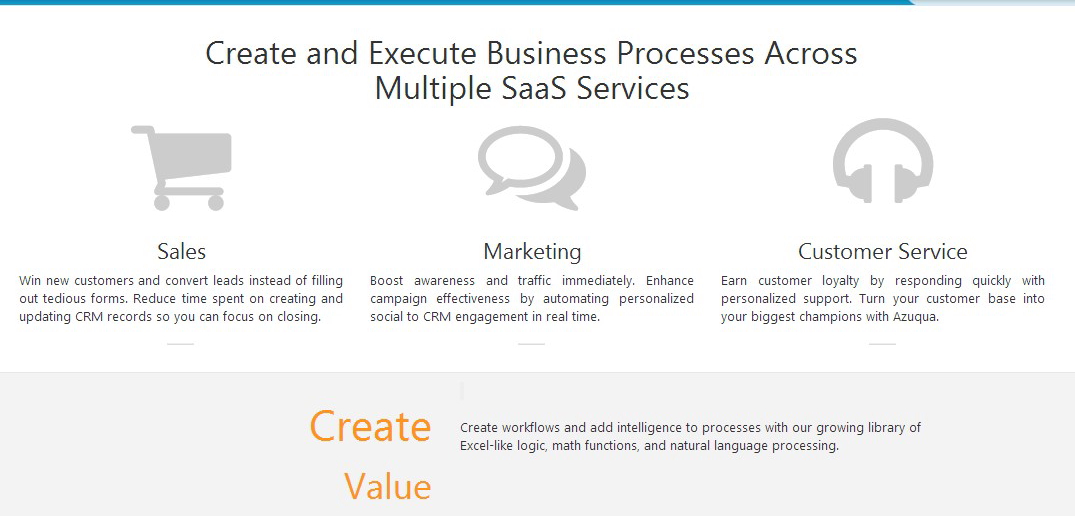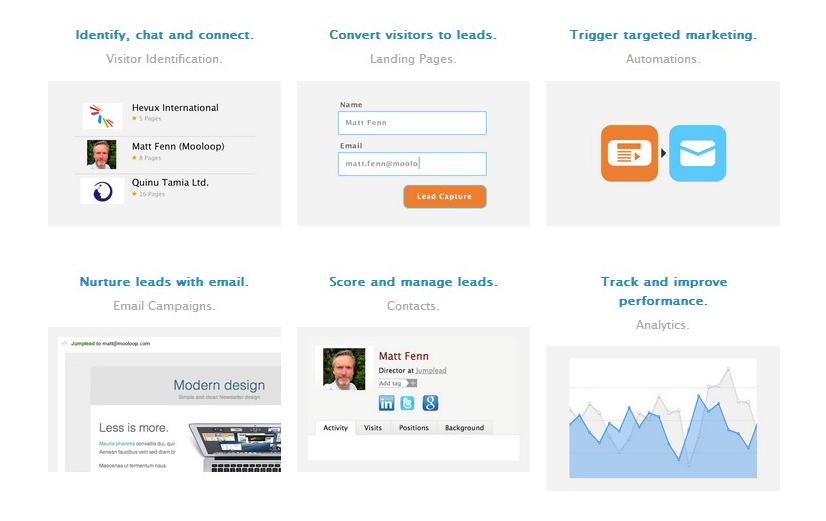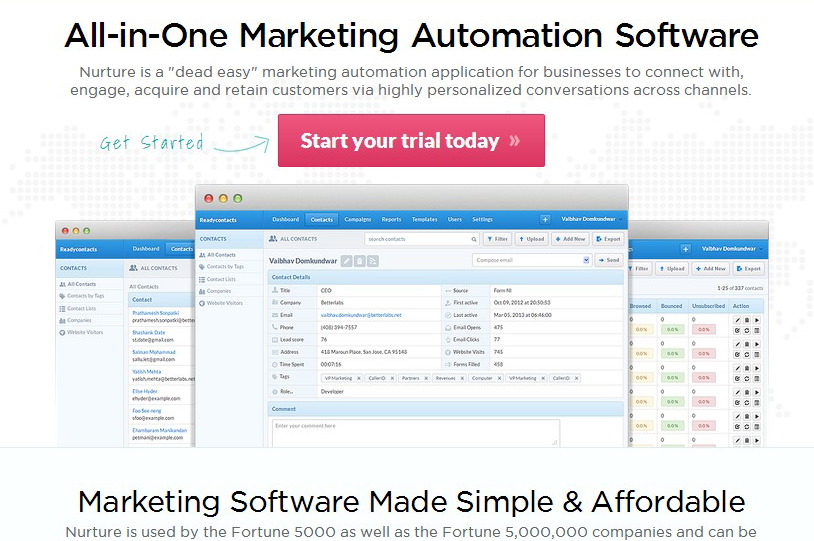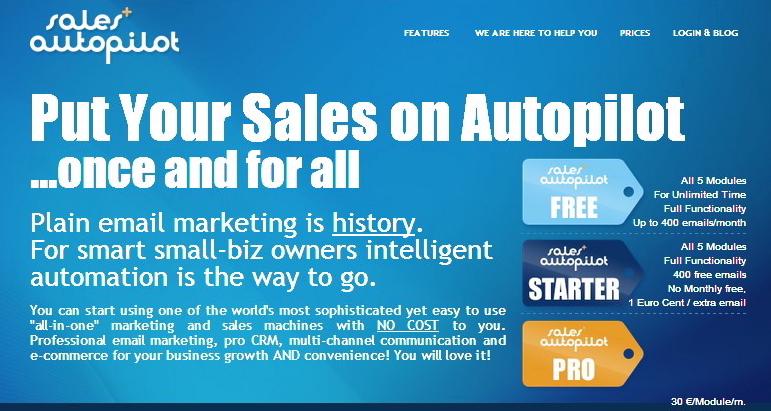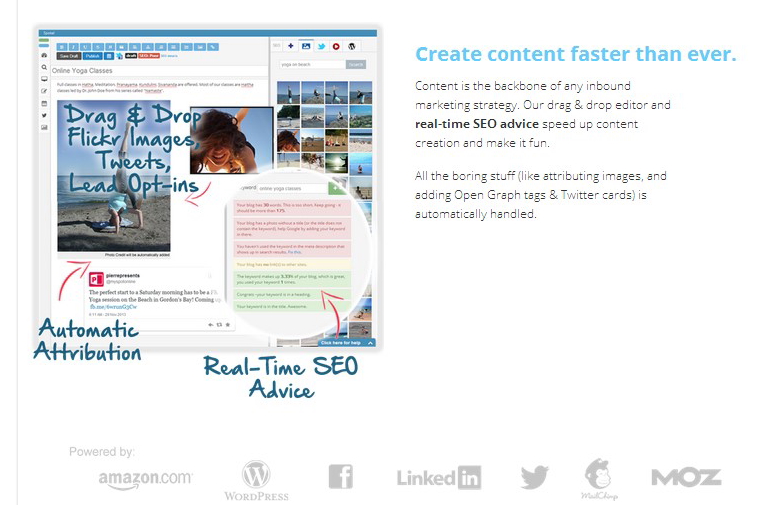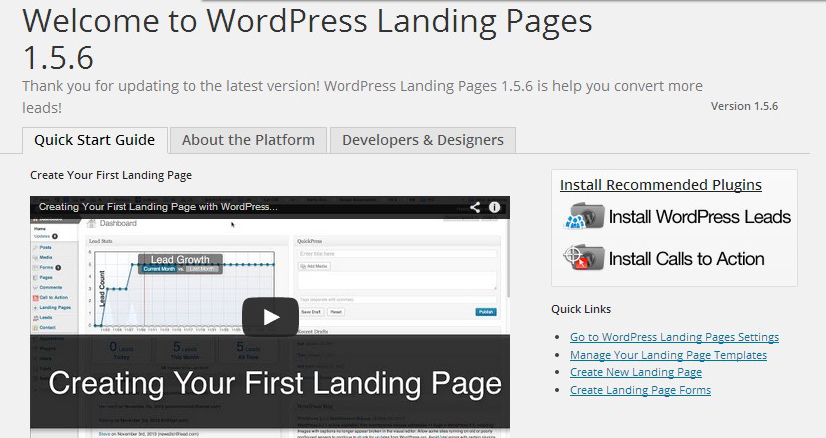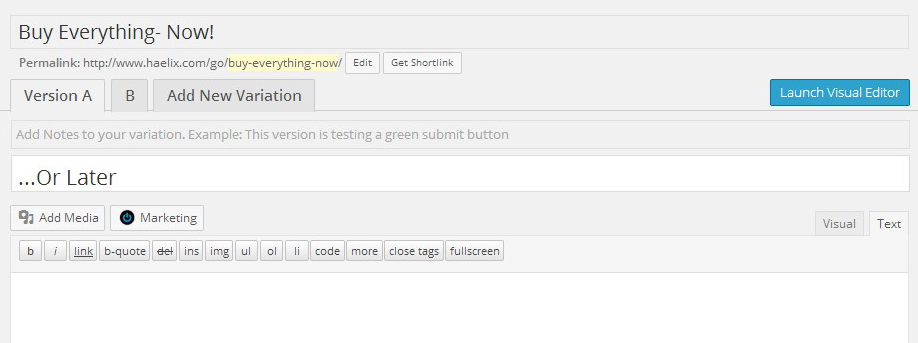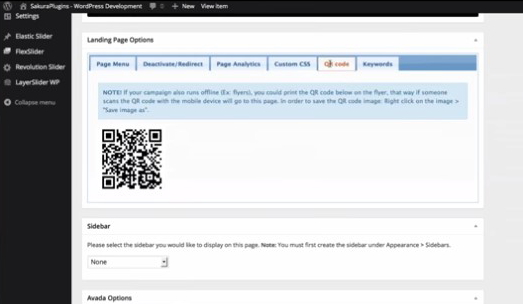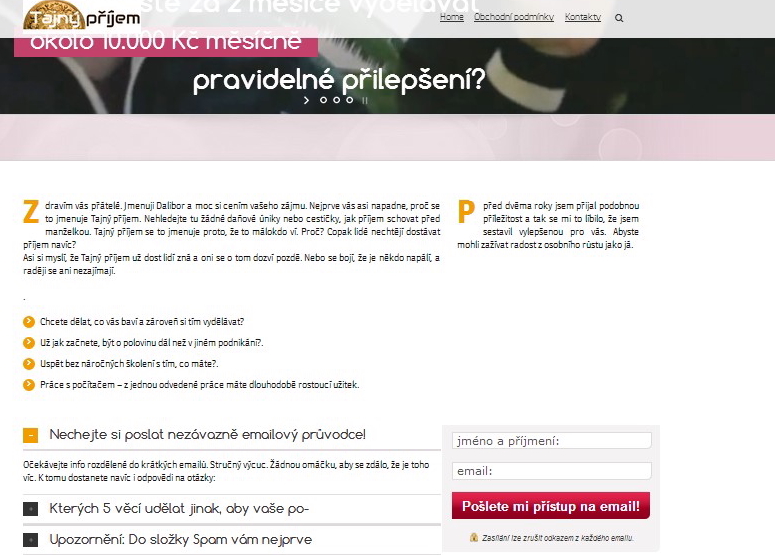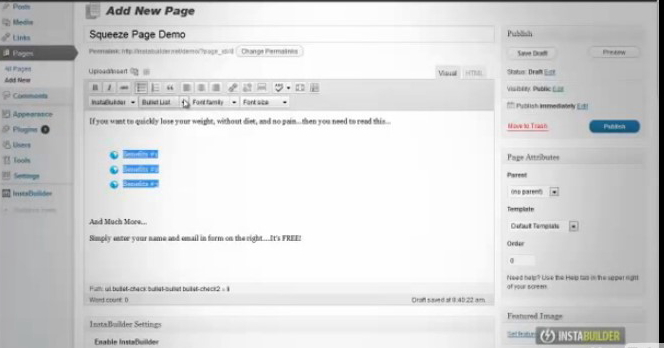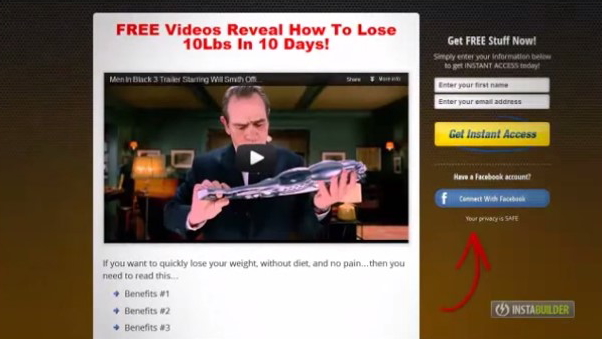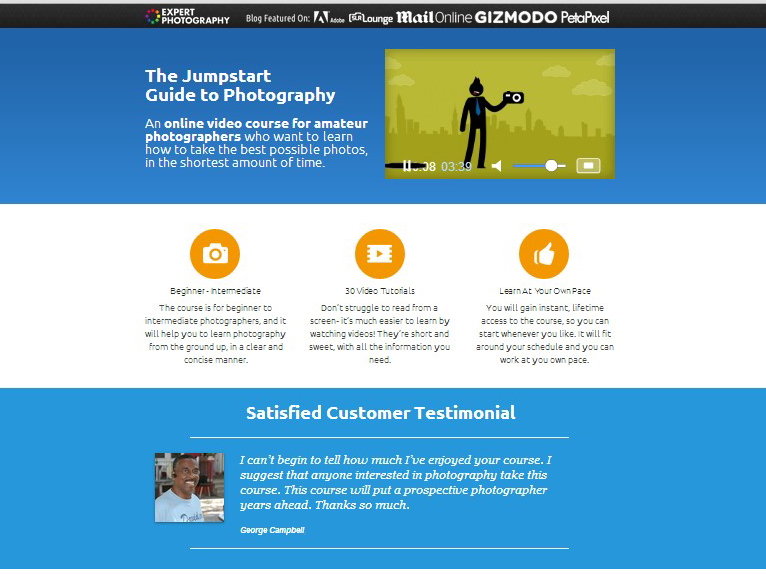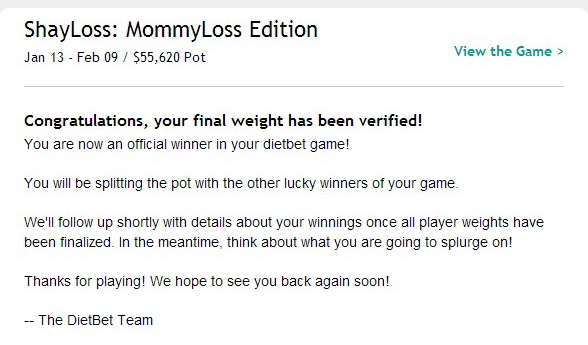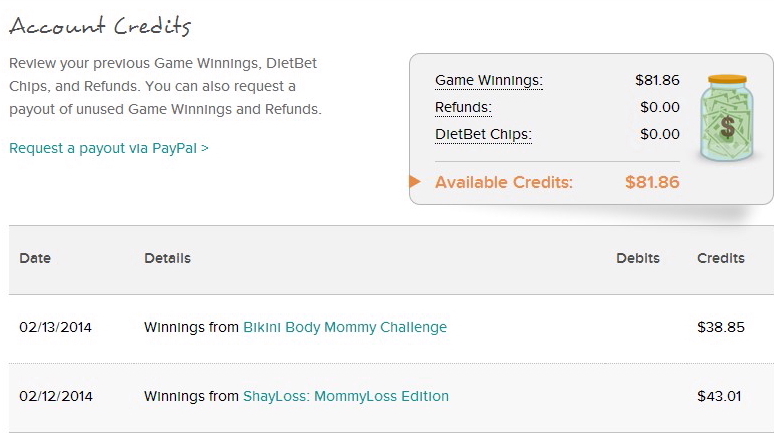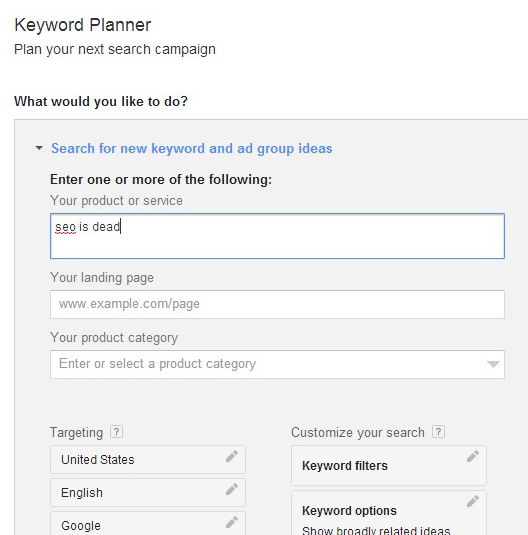The world wide web is an ever changing beast, in constant flux as new things get added and old things get changed.
SEO is no different and internet marketing has to keep up with constant developments coming out of the search engines.
A SERP boosting tactic that worked last week, might well get your site penalised this week.
I’ve compiled a list of the top SEO tactics that you should simply avoid using now!
1. Spammy Guest Blogging
Guest blogging might not be dead, but it has certainly taken a battering. Matt Cutts wrote back in January 2014…
So stick a fork in it: guest blogging is done; it’s just gotten too spammy.
Three months later, one of the larger guest blogging sites, MyGuestBlog.com, was Google slapped. You can now only find it by Googling for myguestblog.com. For every keyword that matters, it’s as if it doesn’t exist.
Publishers using this site also had their rankings drop by simply being associated with guest blogging.
It is obvious then that associating yourself with sites like these will most probably cause you more heartache than it is worth.
All that being said, doing direct guest blogging with a reputable site is still a valid way to gain backlinks and exposure.
2. Over-optimized Anchor Text
Google’s Penguin algorithm has been around for a while now, since 2012, and has had a few updates to it. The core focus of this algorithm change was to target spammy backlinks and penalise the users of them.
This means that highly targeted, keyword stuffed backlinks got slammed.
Google isn’t looking for anchor text to be over optimized, they are looking for natural text. This is because natural text suggests that the site is linking to the content because it is useful and interesting, rather than just a marketing ploy to push a site up the SERP’s.
3. Links: Quantity over Quality
For a long time if your webpage had over 100 links on it, it was considered spammy and would be penalized. This has been the case since at least 2009 when Matt Cutts went public with it on his blog.
Times have changed, for the better in this case. Google no longer has the arbitrary 100 links per page limit.
Instead you can have as many as you like, so long as it is “reasonable”. If Google find that your site is spammy because of the number of links (think hundreds to thousands of links, with little or poor quality content), then they will still take action against you.
Along with that the Page Rank each link gives is reduced by a division of the number of links on the page.
The take away from this is if you are using links to boost SEO then stop it. It won’t help. If you just a have a lot of links alongside quality content, then you have nothing to worry about.
4. Stuffing Keywords in Content, Title, and Meta Tags
This is a really old school way of gaming the search engines and many people still think it’s a viable way of gaining search results. Only problem is, this is one of the biggest offenders that can get your site sandboxed.
The theory is that by adding lots and lots of relevant (and probably irrelevant) keywords to the content and the various meta tags, the search engines would understand that your site was to do with that topic and those keywords.
Years ago it MAY have worked in your favor. These days it doesn’t work at all. In fact, it will get your site penalized for blatantly trying to over optimize your site.
Some SEO advice suggests that there is a specific percentage for keywords in an article – this is called keyword density.
Unfortunately, there is no real hard and fast rule for this, so my best advice is to include the keywords when it is natural to include them and leave it at that.
5. Invisible Text
Using invisible text is virtually the same as keyword stuffing, but instead of the keywords being visible they are normally at the bottom of the page or in the footer and colored to match the background of the page. This is so that the user doesn’t see the spam but search engines do.
As the search engines can see it, they are treating it as content. The problem with this technique is that it will still be considered as keyword stuffing, even if the user experience is improved.
6. Backlink Reliance
This is a situation where the site generally has little or poor quality content and maybe it is SEO optimized, maybe it isn’t. Then the site owner sends backlinks to the site in the thousands, maybe hundreds of thousands.
Now, backlinks are important, there is no doubt about it, but just sending backlinks is a poor way to do SEO.
If a manual reviewer was to look at your site which has 20,000 backlinks but 3 pages of fluff, your site will get penalised. Why? Because it will be obvious that those backlinks have been managed or bought as few people will naturally link to a crap website.
By all means include backlinks in your SEO strategy, just don’t make them the focus of the strategy, and include onsite SEO, quality content, and social media and so on.
7. Article Directories & Article Syndication
There was a time when you could upload an article to an article directory, include some backlinks and get a ton of quality link juice from the site. The articles would, hopefully, be linked to from other sites. Even better they could be downloaded, backlinks included, and added to other peoples sites.
Since Google has been harshly targeting duplicate content, this tactic is simply not worth it. Matt Cutts briefly discusses the issue here and in a roundabout way suggests not using article directories.
On top of that, the directories themselves have taken a hit in previous Google algorithm changes, making backlinks from them less effective.
8. Duplicate Content
Google has stated that in general duplicate content should not be a cause for concern. That is unless it is spammy content and/or is being used to intentionally try to manipulate the sites search results position.
That being said, it is still a good idea to limit the amount of duplicate content, especially if it is internal content.
Having the same content in several places on your own site is likely to incur the wrath of Google.
Depending on the type of content, there are ways to avoid being penalized. You can use the noindex meta tags to help tell the search engine not to look at that page. Or if you have changed your sites pages, you can use a 301 redirect rather than have the duplicate content showing.
The Bottom Line
Internet marketers often try to come up with ways to game search engines, or to find loop holes. For a while these might even work, but search engines like Google are constantly on the look out for techniques like these. As more people in the marketing circles get wind of a technique that works and use it themselves, Google finds out too (they do read the same blogs as us you know!).
The best way you can help your SEO is to follow the guidelines set out by the search engines, and to try not to unnaturally modify your search rankings. If you don’t it will come back to bite you on the ass.
